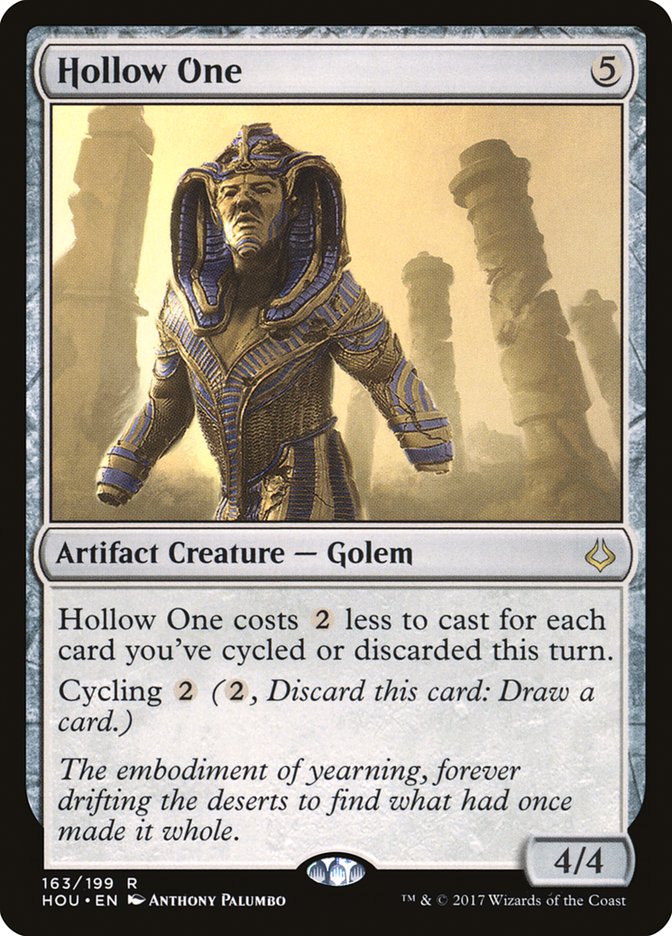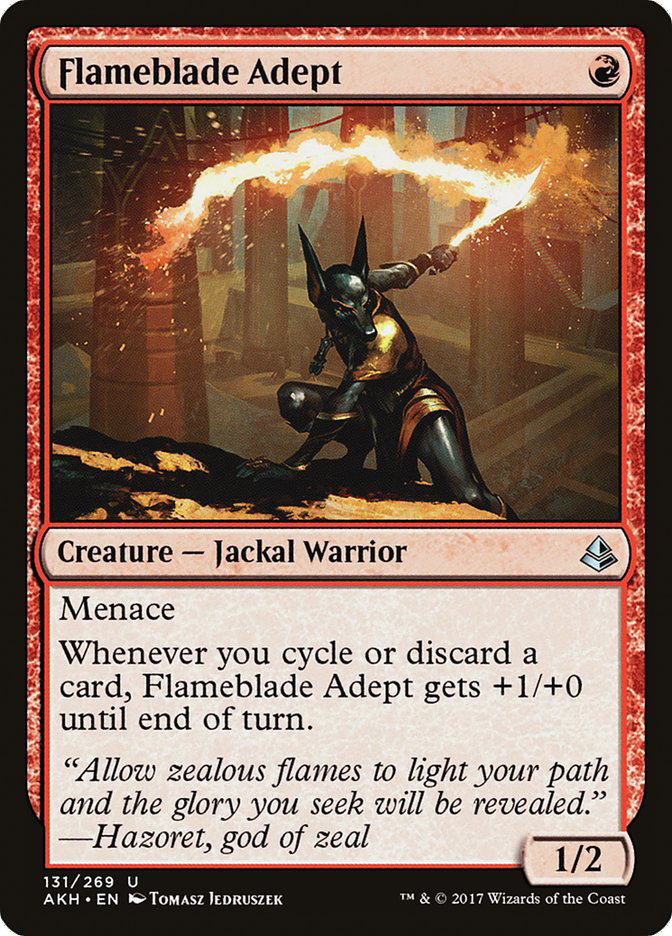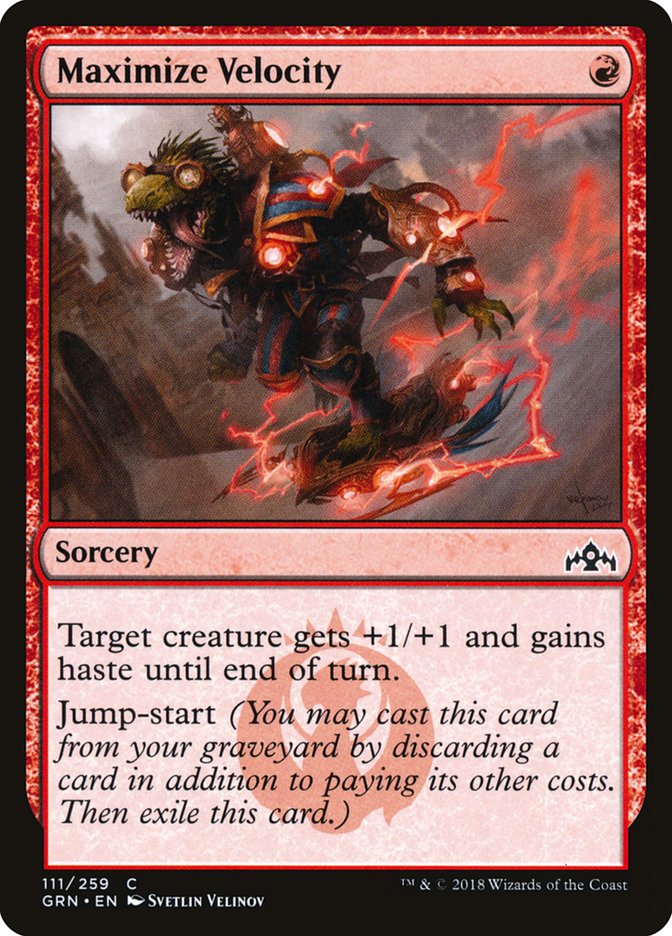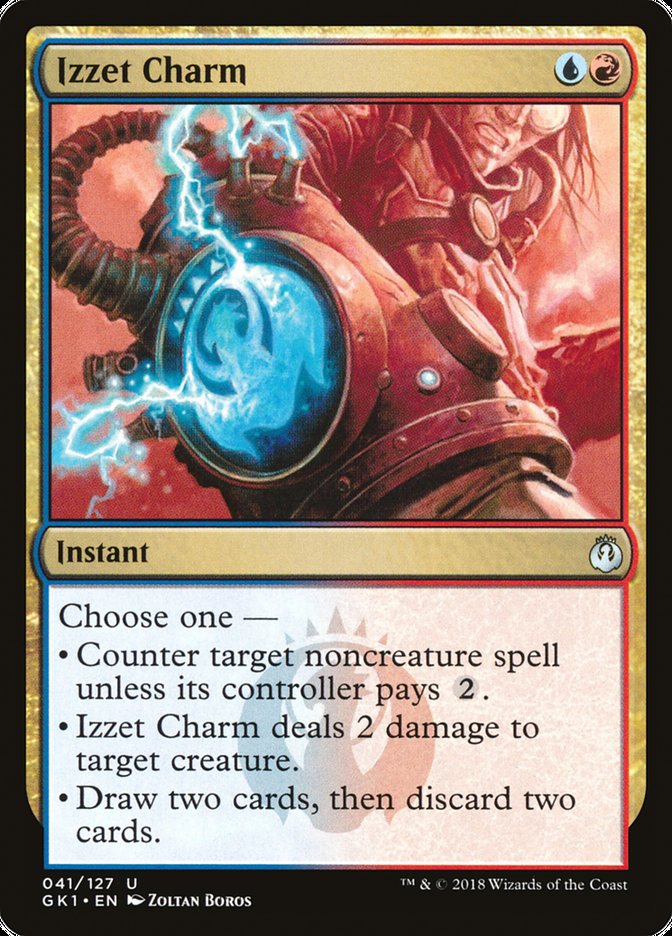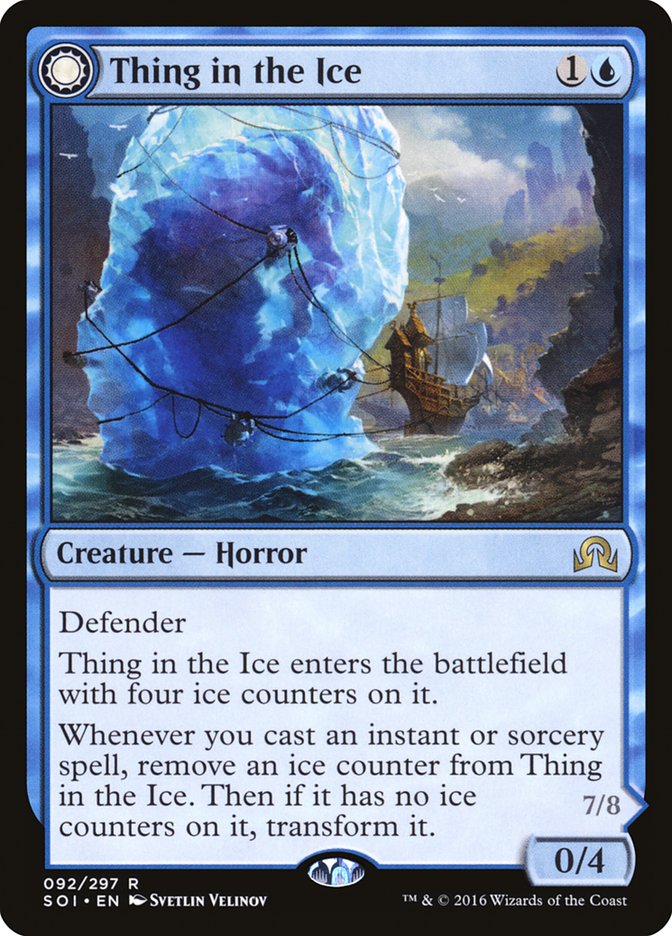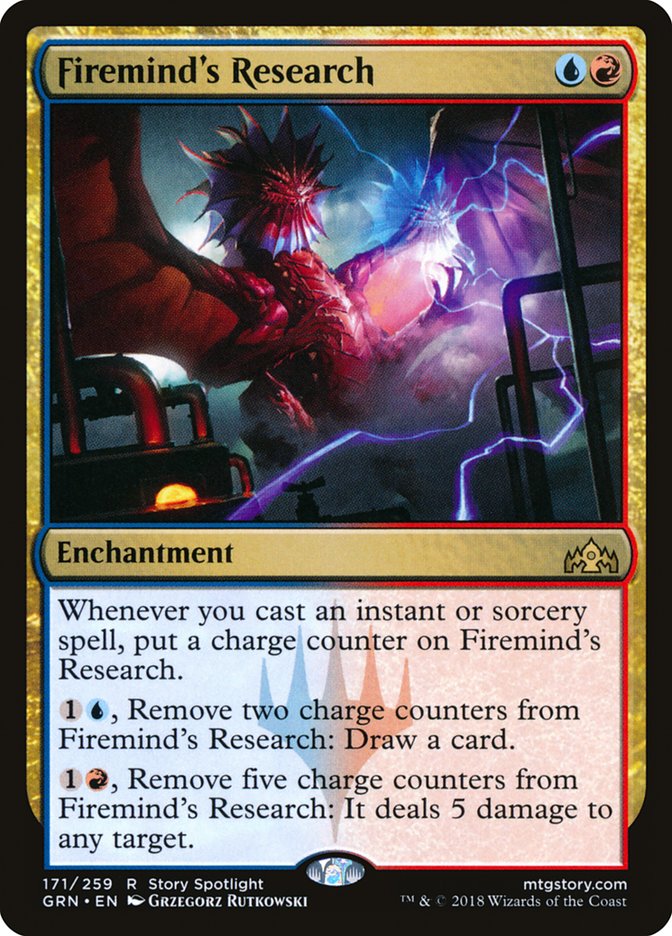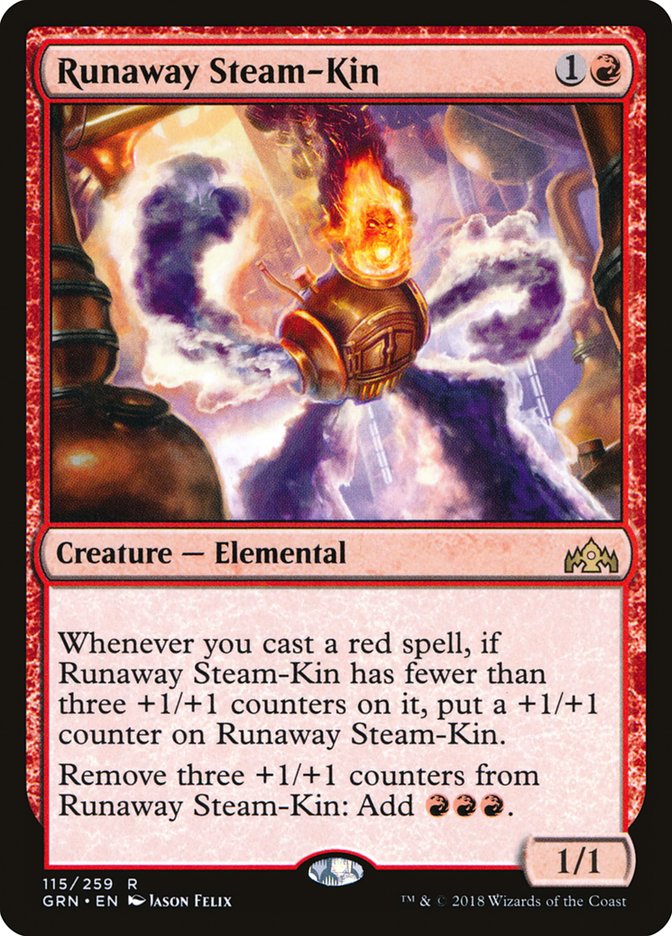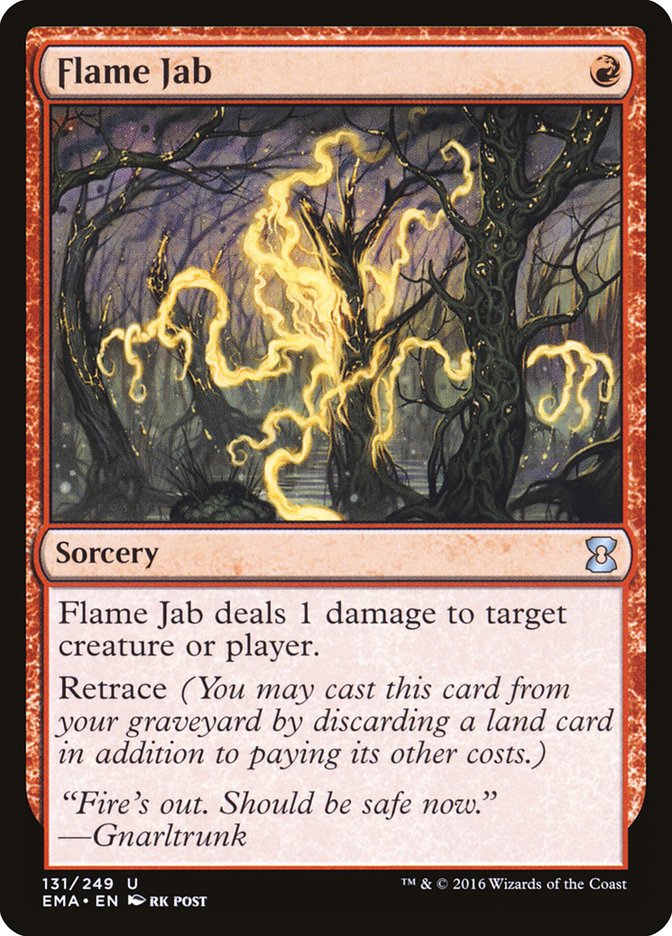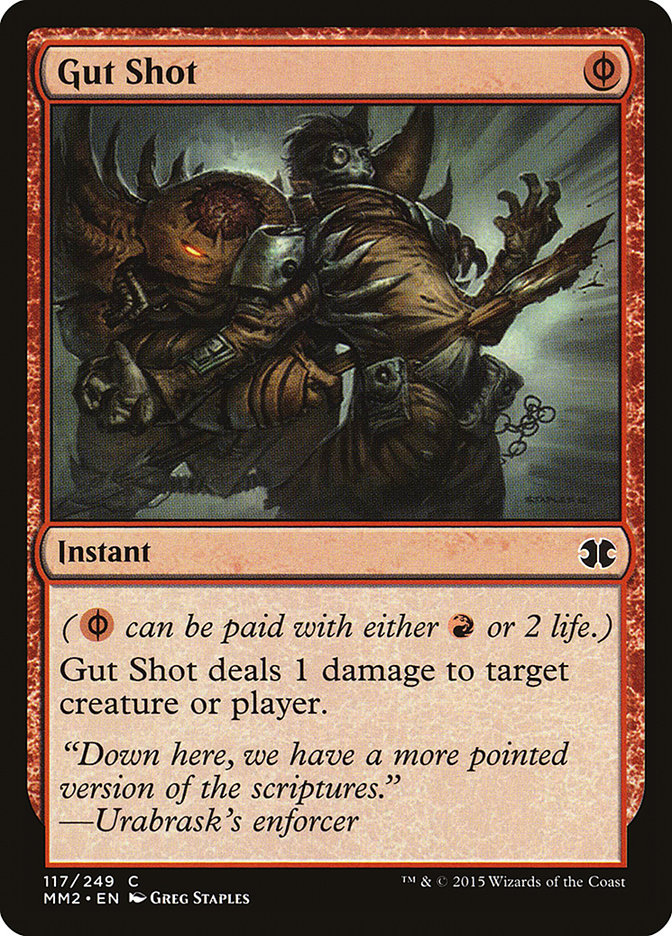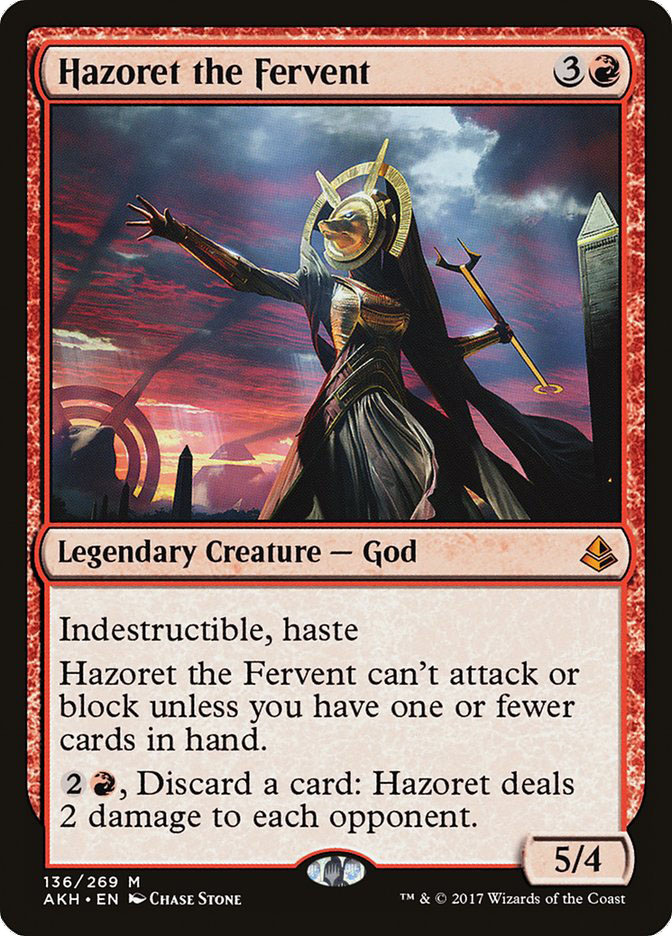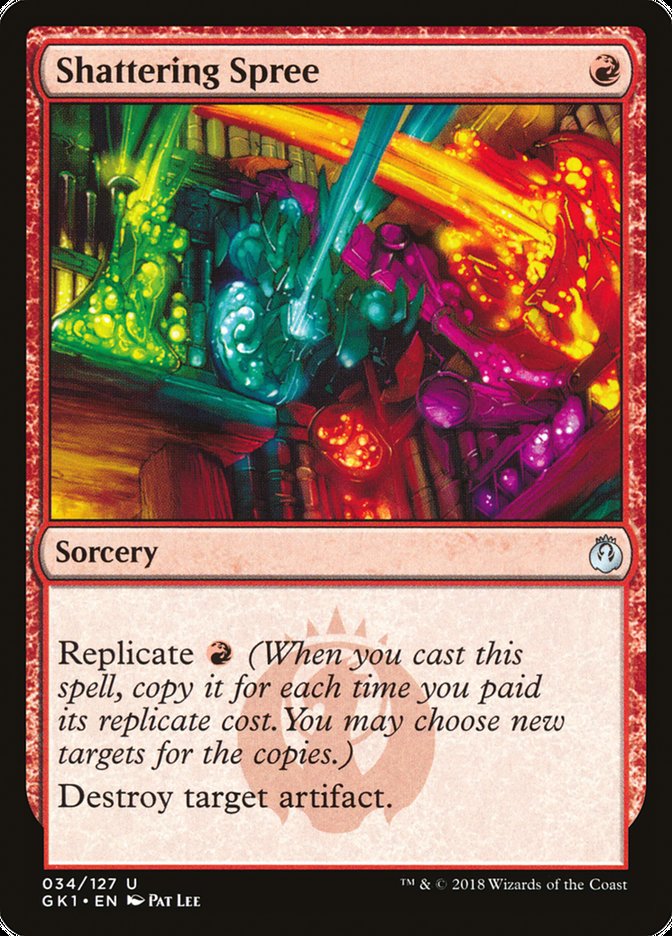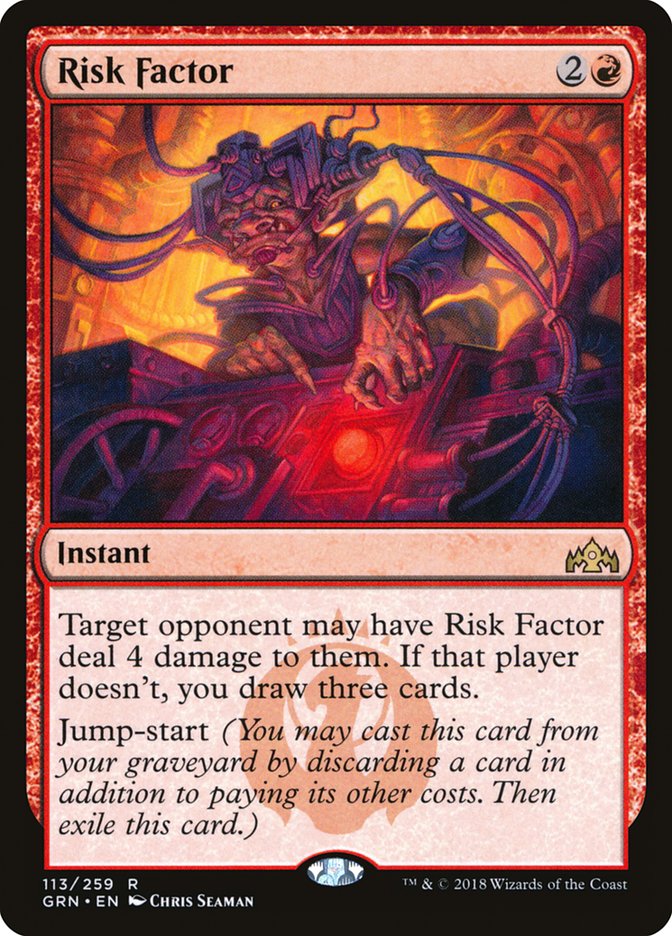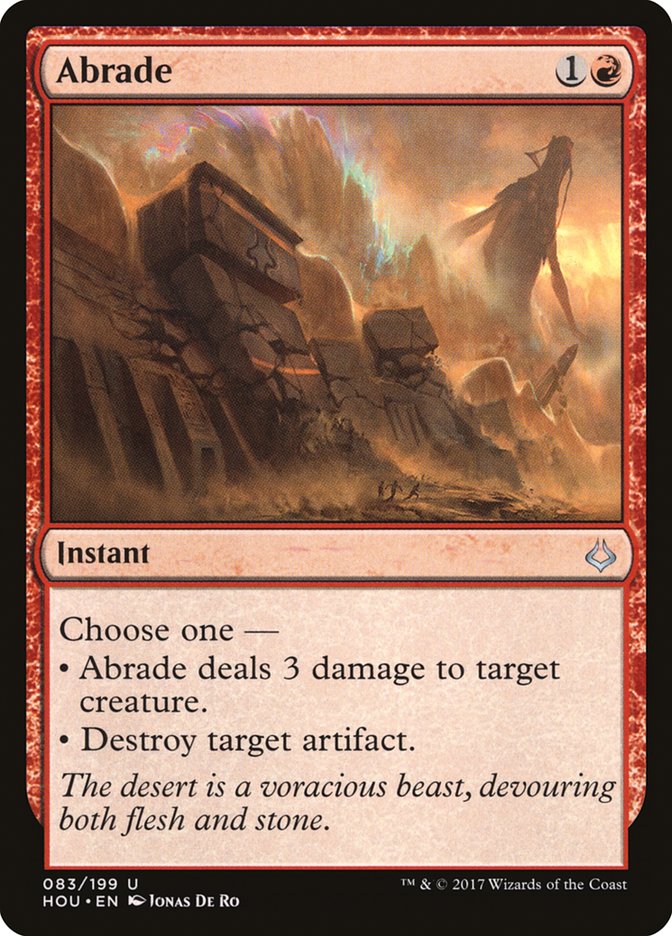Let me tell y’all a story.
Martin Juza packed for Pro Tour Guilds of Ravnica (and the Modern
Grand Prix in Atlanta the week preceding it) two months in advance. He
didn’t bring any other Modern deck with him besides Hollow One, which was a
fine choice at the time. When the tournament finally rolled around, all of
that had changed. Dredge was at the top of the heap in the last couple
weeks, so graveyard hate was everywhere. Despite that, Martin rattled off
fourteen wins in a row during the swiss.
Sometimes, being fast, proactive, and linear is all you need, even if your
deck is seemingly poorly positioned. For those reasons (and many others),
Arclight Phoenix is secretly one of the best cards in Modern.
Now, some might make the argument that the best performing Modern decks at
the moment are linear strategies, such as Ironworks, Hardened Scales, Bant
Spirits, and Amulet Titan; Arclight Phoenix decks don’t have anything that
puts them over the top in those matchups. While I basically agree with that
sentiment, people also tend to undervalue just how good having a proactive
strategy can be.
Besides that, the Arclight Phoenix decks are fast. You don’t
necessarily need to answer what your opponents are trying to do in Modern.
Focusing on being (mostly) linear yourself can yield tremendous dividends,
even if you can’t point to a specific reason why Arclight Phoenix would
succeed in the current Modern metagame.
One of the biggest selling points for playing Arclight Phoenix is how
people tend to lump Arclight Phoenix decks in with Hollow One and Dredge as
a graveyard deck, even though you should never rely on your graveyard in
sideboard games. Additionally, any given Modern tournament isn’t comprised
of the best performing decks — you still must beat everyone else, which
Arclight Phoenix is proficient at accomplishing.
Phoenix decks are currently north of 5% of the Modern winner’s metagame and
that number is rapidly climbing. To top it off, players are wildly split
between versions of the deck and it’s only a matter of time before a
consensus in reached. If you combined all the versions, it was the most
popular Modern choice in Day 2 of
#SCGVEGAS
.
With so many different options, which one is correct?
Mono-Red with Monastery Swiftspear and Lava Spike
Spells (29)
- 4 Lightning Bolt
- 2 Lava Spike
- 4 Desperate Ritual
- 4 Fiery Temper
- 4 Manamorphose
- 4 Faithless Looting
- 3 Tormenting Voice
- 1 Insult
- 3 Risk Factor
Sideboard

I did a reasonably good job covering this version in one of my previous
articles
, even if I wasn’t entirely committed to the burn plan.
Mono-Red with Hollow One, Flameblade Adept, Burning Inquiry, and
Goblin Lore
Creatures (15)
Lands (18)
Spells (27)

This is the version I’m most enthusiastic about. Flameblade Adept can put
your opponent on a fast clock, and the Hollow One engine (Burning Inquiry
and Goblin Lore) allows you to see a tremendous amount of cards. It doesn’t
have Lava Spike and a ton of reach like the other Mono-Red versions do, but
it makes up for that by playing more threats. Hollow One and Flameblade
Adept increase the goldfish speed, which might be worth it.
Instead of using your graveyard for more giant monsters like Gurmag Angler,
you have access to Bedlam Reveler and Arclight Phoenix, both of which are
incredible in grindy matchups. Bloodghast is decent, but Arclight Phoenix
is where it’s at. However, I’m interested in trying a version with both
cards at some point considering how well they work together.
Maximize Velocity is very smart. It’s another card you don’t care about
discarding, plus it makes Hollow One and Bedlam Reveler incredible by
giving them haste. Having an additional discard outlet that lives in your
graveyard and a cheap spell to return Arclight Phoenix is awesome too.
Dismember in the sideboard recognizes Tarmogoyf as a huge threat. Eidolon
of the Great Revel and Shrine of Burning Rage are your tools for fighting
decks that have graveyard hate. Overall, this 75 is well-crafted.
Izzet with Thing in the Ice
Creatures (12)
Lands (18)
Spells (30)
- 4 Lightning Bolt
- 3 Sleight of Hand
- 4 Serum Visions
- 4 Fiery Temper
- 4 Manamorphose
- 2 Noxious Revival
- 4 Faithless Looting
- 2 Thought Scour
- 3 Izzet Charm
Sideboard

Although blue adds some cool stuff, like additional cantrips to increase
consistency and ensure your Arclight Phoenixes are always on the
battlefield, Izzet Charm for some interaction against combo decks, and
Thing in the Ice to fight graveyard decks, it doesn’t seem like the way to
go at the moment. Firemind’s Research is a very cool way to pivot in
sideboard games since it gives you an engine in grindy matchups that
doesn’t care about the graveyard either.
Even though you end up with these nifty solutions, I don’t think any of
them beats having Monastery Swiftspear and Lava Spike as the backbone of
your fast clock. The hefty amount of cantrips is both a blessing and a
curse. Your deck is consistent, but you end up spinning your wheels a lot.
Plus, instead of dedicating slots to a clock, you have a bunch of air.
You get a significant power boost from adding a color, but realistically,
everything you need is in red. There might be things you want or things
that the metagame demands you have access to, but it’s not truthful to say
Izzet Phoenix is a better deck than Mono-Red Phoenix. Being slower is a
huge issue.
Thing in the Ice is great and so are the cantrips to some degree, but it’s
not a plan I can get behind when Monastery Swiftspear (or Flameblade Adept)
are so appealing. If Humans is the deck to beat, Thing in the Ice is great,
but that’s not where we are.
Mardu
Creatures (10)
Lands (19)
Spells (31)

The original design for this version came from Caleb Durward. It’s
important to note that this isn’t the Mardu Pyromancer you once loved —
this is a new animal.
Rather than grind folks out with Kolaghan’s Commands, the deck must be
streamlined in order to utilize Arclight Phoenix. Three-mana spells have
very little utility. In fact, free spells, like Gut Shot or even Surgical
Extraction, go way up in value. Manamorphose is now a four-of staple.
I recently played something like this in a local tournament and this is my
updated version.
Creatures (11)
Lands (20)
Spells (29)

Awkwardly enough, discard spells don’t work well with Arclight Phoenix.
They want you to empty your hand early, which makes it difficult to return
Phoenix with any amount of regularity. There were many scenarios where I
had Phoenixes rotting in my graveyard in my original version, which is
clearly unacceptable. This version is much better at doing its job. That
said, it’s not the ideal home for Phoenix, but it’s serviceable.
Though there are some kinks to work out, but this is the future of Mardu
Pyromancer. Discarding a Lingering Souls to Faithless Looting used to be
one of the best things you could do early game. Your grindy plan involved
using Kolaghan’s Command to return Bedlam Revelers. Neither of those things
is particularly strong, and Arclight Phoenix does everything so much
better. Drawing cards with Bedlam Reveler is fun, but winning the game
outright is okay too.
In order to facilitate that, you need to lower your curve, and in doing so,
remove some answers to potential problems. This version is light on ways to
deal with large creatures or artifacts and is specifically pigeonholed into
being very good against tiny creatures because of cards like Gut Shot. You
could go the maindeck Surgical Extraction route, but I don’t like that plan
when you’re cutting as much discard as Christian did.
The upside is that you don’t need direct answers to cards like Tarmogoyf or
Teferi, Hero of Dominaria because Arclight Phoenix checks them both. Adding
Phoenix to your Mardu deck makes your Faithless Lootings stronger,
increases your clock, and gives you a new angle of attack. The downside is
that you get weaker and weaker against graveyard hate, but Experimental
Frenzy is incredible. You also have Engineered Explosives for decks like
Bant Spirits, where you want an answer for a potential Rest in Peace, but
also want that answer to be able to remove a creature if necessary.
If anyone wanted to pick up this Mardu deck, I couldn’t fault them. It’s
not specifically good against anything, but it has game against everyone.
Conclusion
Although there’s rarely a benefit to hard-targeting the winner’s metagame
in Modern, I do think it’s in your best interest to be as insulated as
possible against those decks or strategies. Based on the current winner’s
metagame, the things I want to insulate myself against are artifacts,
tribal strategies, and maybe some graveyards. Tron and Amulet Titan exist,
but it’s in small numbers and don’t do too much winning, so you can leave
the Blood Moons at home. The other popular decks are the black or blue
midrange decks, so you’ll want a plan against them too.
This is what I’m currently planning on playing at
#SCGCON
.
Creatures (12)
Lands (18)
Spells (30)

At the end of the day, being fast and consistent will cover some of the
ground in matchups where you’re at a deficit on paper.
I’m completely fine with cutting Runaway Steam-Kin because it was the
highest variance card that people were playing. Sometimes you can go wild
with it against decks with very little interaction, but those are few and
far between, especially after sideboard. If Steam-Kin lives and you have
some card drawing, you can do some busted things.
Realistically, Steam-Kin will probably die after you’ve invested two mana
and they’ve probably traded up on mana. Even if it does live, it doesn’t
significantly increase your clock. Plus, the matchups where Steam-Kin would
live aren’t the ones where you necessarily want to play a bunch of card
drawing. Another consistent clock would be nice in its place, but I’m fine
with this configuration. It’s another reason to try EdB’s deck though.
The maindeck Flame Jab shows up in many lists because of how low of an
opportunity cost it has. Outside of graveyard hate, Flame Jab will live in
your graveyard, which means you can always bring back a Phoenix for three
mana and three cards. The risk of flooding out and not having enough spells
does happen, even if you’re a favorite to not be in that spot. Having a
singleton Flame Jab can increase the consistency of the deck by a wide
margin.
Maindeck Gut Shot is either your best card in some matchups or it fails to
have relevant text. In the latter scenarios, those are the matchups where
you probably want any zero-mana spell, so it doesn’t punish you.
Of the ways to juke graveyard hate, I like Hazoret the Fervent for this
deck. Shrine of Burning Rage is better against slower decks like Azorius
Control, but I’m not concerned with those sorts of decks ight now. I’d much
prefer something like Hazoret because of how fast it is. Experimental
Frenzy plays better in the Mardu deck because there are more matchups where
it will position itself as the control deck post-board, but that is
basically never happening here.
Shattering Spree is incredible against Hardened Scales but isn’t ideal
against Ironworks. Fetchlands could enable Ancient Grudge, which would be
good against both, but it’s not a free splash. Using a mix of Shattering
Spree and Abrade makes the most sense to me because Abrade can come in
against Humans and the like.
I’m not convinced on the two copies of Risk Factor but am a firm believer
in the other 73 cards. Obviously, things might shift by then and you should
always be willing to alter your deck as necessary. I’ll be playing with the
Hollow One versions to try and get a little more experience there and could
easily see myself audibling. If I was trying to hard target the winner’s
metagame, I’d be all over Kiln Fiend. There’s probably a reasonable deck
there too, either with or without Arclight Phoenix.
The only thing I know for sure is that I’ll be playing Faithless Looting
for the foreseeable future. Everything else around it might change, but
Faithless Looting is exactly what I want to be doing.



